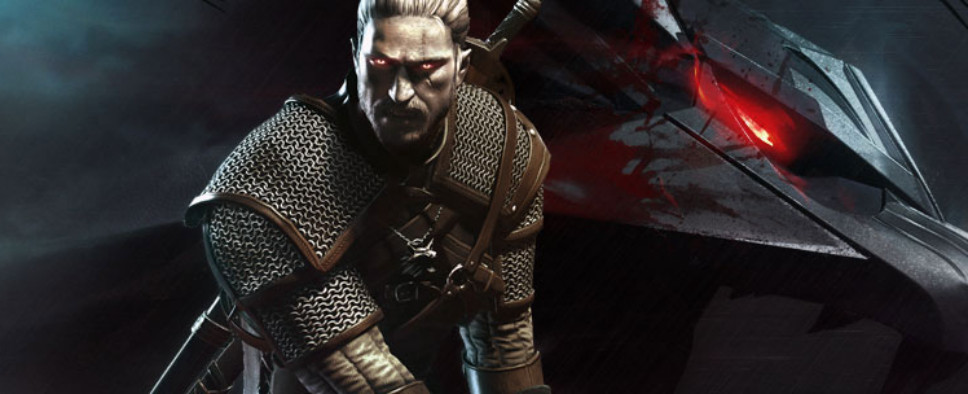The Witcher 3: Wild Hunt Interview
-
Category: News ArchiveHits: 1634

Over at AusGamers there's a new The Witcher 3: Wild Hunt interview with CD Projekt RED's Michal Platkow-Gilewski, available both in video and transcript format. Here's a quote to get you started:
AusGamers: You mentioned that having an open-world allows players to go back and see the consequences of their actions, but if you're talking about your direct competition, something like Skyrim, or even Oblivion, the player kind of crafts their own journey. Whereas in your game, it's Geralt's journey, so you have a bit more of a focused narrative on the character. How have you managed to balance that aspect from the previous games where it was easier to follow that narrative path with consequence, in a game where you can do whatever you want because it's open-world?
Michal: First of all, I'm not thinking about Skyrim and other role-playing games as a direct competitor to us, because I think that if someone loves role-playing games, [they] will enjoy both of them, and we have totally different assumptions and [philosophies] behind the game. So for us, Geralt, the main protagonist, he's the most important; he's crucial, because he's defined. He's really cool; he's a badass, ultimate monster slayer, and we've always dreamed to play the role of Geralt, and around Geralt we created [a] cool story -- a non-linear one, and then we surrounded all of that with the open-world.
So that's different from the sandbox games. So far you've had to choose either a story-driven game or a sandbox open-world game; we want to combine both. We want to have one and another in the one game. Of course it's complicated, it's demanding from every level from each of the departments in our studio -- from story writers to the quest design/level design, and tech of course, as well (engine guys) -- so it's quite complicated; it's a challenge; it's demanding, but it's something that we have always dreamed to do, to tell the truly immersive story.
AusGamers: How have you guys managed. it's kind of an evolution of that question, but emergent gameplay as far as open-world is concerned is quite important. You get it in GTA as much as you get it in a game like Skyrim or other open-world games. Obviously we saw examples of coming across the village and hunting the monster, or even just coming around a corner and you see a monster there, and they're not bosses, they just live in the world.
What else beyond the monsters and quests that you find, have you done to build on that emergent play, to keep players, every 10 metres or so, finding something important happening?
Michal: First we have a main story -- I'm not using the word (storyline) because this is not linear -- and you can visit several places in the world and be involved in some adventures and quests, and it will push the story forward. Wherever you're doing something -- and sometimes you can not do anything -- it will push the story.
So we have 50 hours of these main quests, then we have 50 hours of the side quests, then we have monster hunting, then we have something which we are calling points-of-interest -- not a super cool and original name, but this is what it is.
So each time you are somewhere in the world, and you look around, you will find at least one point worth visiting: some kind of ruins, or a shipwreck, or a strange-looking mountain, and these things will attract your attention, and you will be willing to go and explore it, and some kind of adventure will await you there -- either loot, or a monster, or something different.

